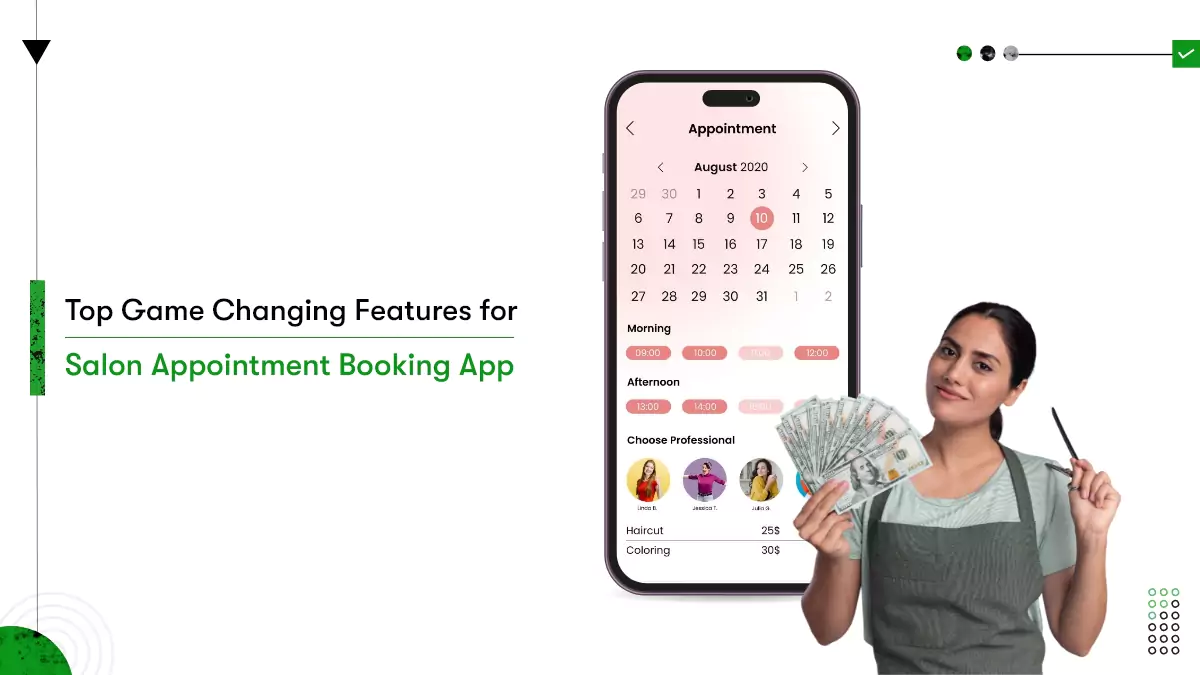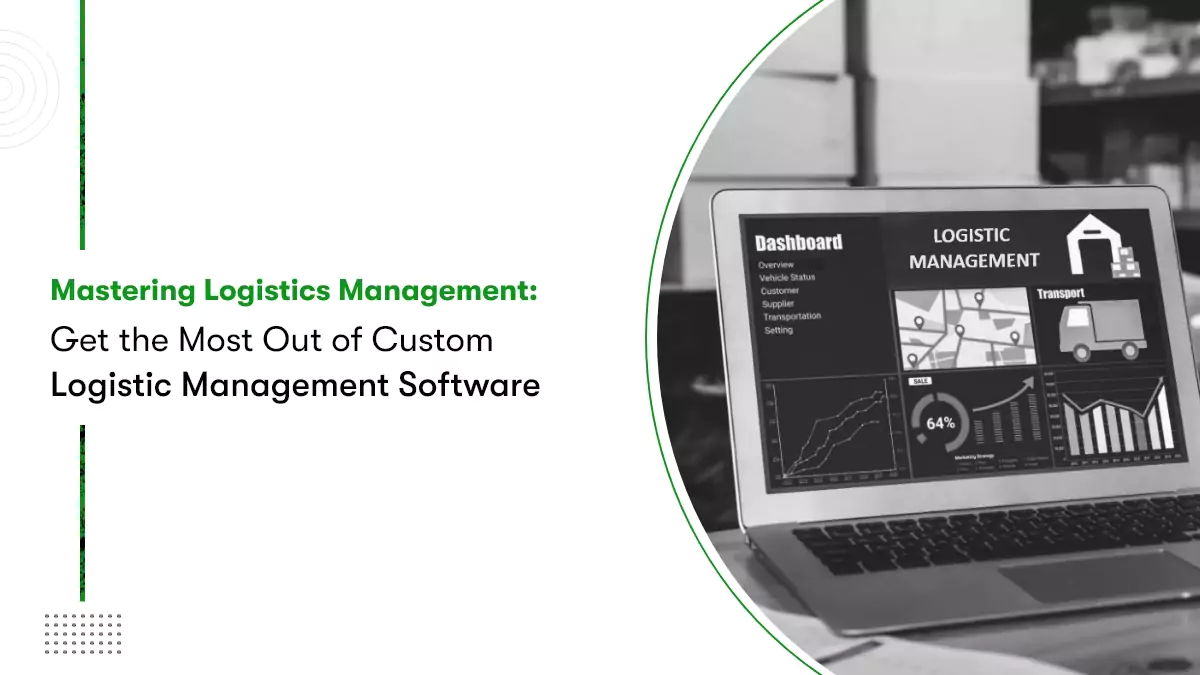Correct us if we are wrong when we say technological advancement has made the impossible possible today. We come across different technologies every other day and feel privileged to live in times where technology never fails to surprise us.
Among the many technologies consistently transforming businesses, artificial intelligence is highly talked about. Artificial intelligence uses machine learning to allow the devices and software to carry out various tasks without any human input.
Just like multiple other industries, there’s been a rising trend in using Artificial Intelligence for translation. You might be wondering how AI and translation work together, right? We will tell you a little about it.
So, AI applies to translation as languages are large data sets filled with words and meanings that need to be translated to understand them better. And, many people use AI translation tools these days to understand phrases, tones of voice, sentence structure, and much more.
Do you know the increase in the usage of AI translation tools has resulted in language translation app development? And, the demand is only rising with time.
Among the many AI translation tools, Lilt has become quite popular. It has become a benchmark for AI translation tools, and entrepreneurs often look up to it to develop AI translation platforms like Lilt of their own.
So, let’s peek into what Lilt exactly is and discuss what all it takes to make an app like Lilt of your own. So, stay glued while we discuss it all!

What is Lilt exactly?
Lilt is a machine-assisted translation platform founded by a pair of engineers on the Google Translate Team. Lilt is a translation platform and technology that delivers better experiences to the users. In fact, AI researchers call Lilt a human-in-the-loop system. Lilt combines the best of two worlds- manual translation and machine translation.
Translators love working with Lilt as it has several tools to help the users with the best translation. Lilt integrates with all the business systems by combining people, processes, and technology to guarantee high-quality language translation services.
Translation tools like Lilt lower the cost of translation on a per-word basis and increase the rate translators charge for their time. Actually, the primary idea behind Lilt’s tool is that it provides translations for the following phrase or paragraph as a reference for structure, tense, idiom, and other factors to work faster and better.
What are the main elements of the Lilt translate app?
- Editor modes
Lilt has two editor modes which are translate mode and review mode. The translate mod leverages the Lilt engine which is a self-learning neural translation system. The review mode leverages the Lilt review engine which works as a quality assurance tool.
- Segment editor
The Lilt translation divides the document’s source text into a number of segments. these segments include segment number, source text, target text, segment editing tools, segment comments, and segment state indicator.
- Sidebar
The sidebar in the Lilt translate app provides easy access to multiple tools during the translation. These tools include segment context, concordance, find and replace.
- Toolbar
The toolbar has a number of options for managing and customizing the users’ experience with Lilt translate. The toolbar includes the following tabs- file, edit, view, insert, tag, and settings.
- Document information footer
The document information footer provides linguists with the name of the document, language pair, total number of segments, and segment display. It also estimates the time required to translate or review the document.
Why did Lilt get $55 million funding recently?
Recently, Lilt raised $55 million in a Series C round led by Four Rivers, joined by new investors Sorenson capital, CLEAR ventures, and Wipro Ventures. futhuremore, the company has plans to expand its R&D efforts as well as its customer footprint.
Lilt’s CEO Spence Green told Techcrunch that this new funding would reduce the unit economics and make translation more affordable for all the businesses. It will also enable the addition of a sales team to the existing production team in Asia. This funding will expand the sales and production team of Lilt in all the regions, including the U.S, Europe, Africa, the Middle East, and Asia.
Today, Lilt claims to have customers in Intel, Emerson, Juniper networks, and Orca security across sectors like education, crypto, technology, defense, and other intelligent sectors. Green also said, “it’s only becoming more vital to ensure the end-to-end multilingual customer experience.”
Moreover, Lilt’s Series C investment included existing investors Sequoia Capital, Intel Capital, Redpoint Ventures, and XSeed Capital. as a result, it takes the overall amount raised by the business to $92.5 million.

How to develop an AI-powered translation platform like Lilt of your own?
As we have already talked about Litl in detail, it’s time to address the biggest question- how to develop a similar app of your own. Apparently the idea of language translation app development sounds great, but what does it take to make it happen? Well, we will like to answer that.
We will take you through the process of developing an app like Lilt step-by-step. So, let’s begin with the steps without any further ado.
Understanding the business model for Lilt
First and foremost, it’s important to understand how the app works to plan better for the development. So generally, a language translation app like Lilt works like this-
- Untranslated content lives in the system
- The linguists translate the content with the help of the Lilt platform
- The translated content is available back on the system
Market research
Market research is crucial for developing an AI translation platform like Lilt. It helps explore the latest UI/UX design trends, understand the competitors, and identify the gaps in the competitors’ apps to come up with an effective solution. Apparently, good market research will be helpful in the long run, and that’s what makes this step crucial.
Hiring developers and designers
Next comes hiring mobile app developers and UX/UI designers to develop an AI translation solution that translates seamlessly and provides the best results. Hiring the right developers and designers will affect the overall development and mobile app design process. Thus, be careful while partnering with the developers and designers.
App design and development
Once you hire the right team of developers and designers, the design and development phase begins. Then the developers focus on the front-end and back-end development to transform the project idea into a stunning solution.
The design of an app works like a magnet as it pulls the customers toward the app. The simpler the design, the easier it would be for the users to navigate the app. Check what all you must know before hiring a UX designer for your project.
Quality assurance
This is the final step before the launch of the app. You can’t ignore the role of quality assurance in app development. In this step, the QA team runs quality checks on the app to make sure it doesn’t have any errors or flaws. At last when the team rectifies the errors, the app becomes all ready to be launched on the Play Store.

Let’s talk about the cost of developing an app like Lilt.
We know that everyone worries about the cost of app development and wants to know the estimated cost to not go beyond their budget. However, you can’t get an estimate right away as there are several factors responsible for the variation in cost.
Primarily, the cost of app development varies according to the project requirements and its marketing needs. Apart from these, other crucial factors are the following-
- Customized features and add-ons
- Technology stack
- Third-party plugins
- Hourly rates of developers
- UI/UX design
- Experience of the developers
- Location of the developers
If you want to hire skilled mobile app developers, you can consider hiring them from an India-based software development company. Moreover, you can talk to our experts and get the best solutions in return. Our experienced developers charge around $25k to $50k for AI language translation app development.
To know more about our renowned services, you can have a word with our team of expert developers.
Conclusion
As more businesses look forward to making an app like Lilt, language translation app development is highly demanded. If you have been thinking about developing a similar app, now is the time to initiate the development. Thus, meet the right team, discuss your goals about the app with them and move towards developing an AI translation app like Lilt of your own.











 Contact Information
Contact Information